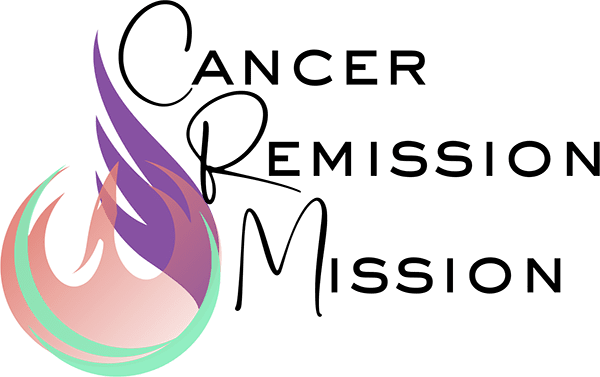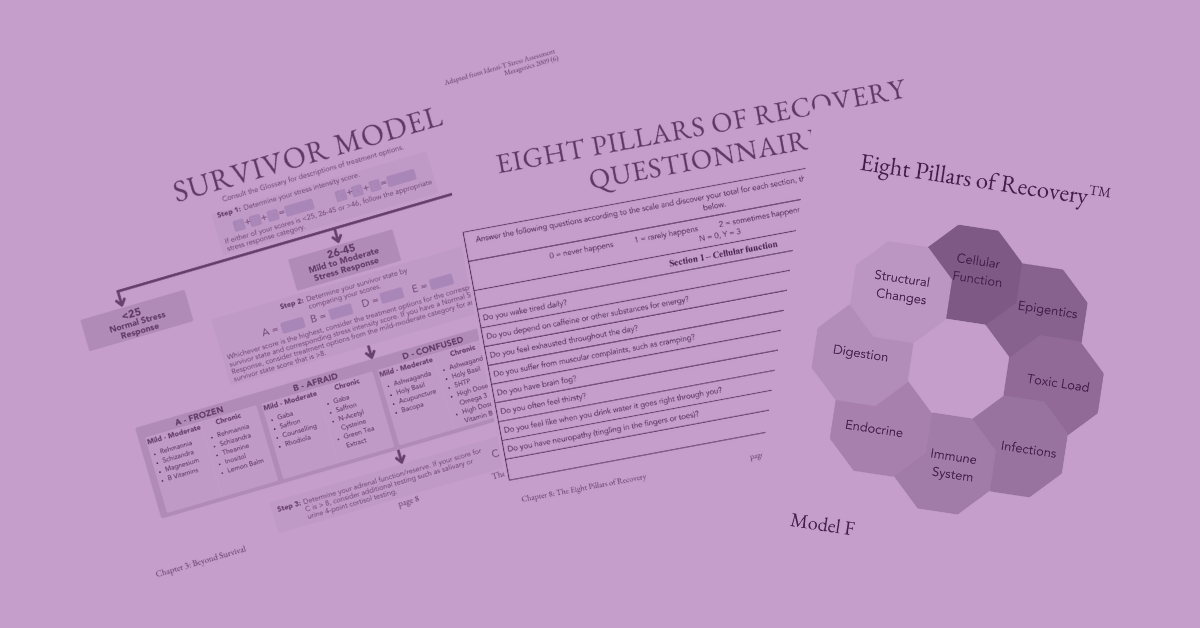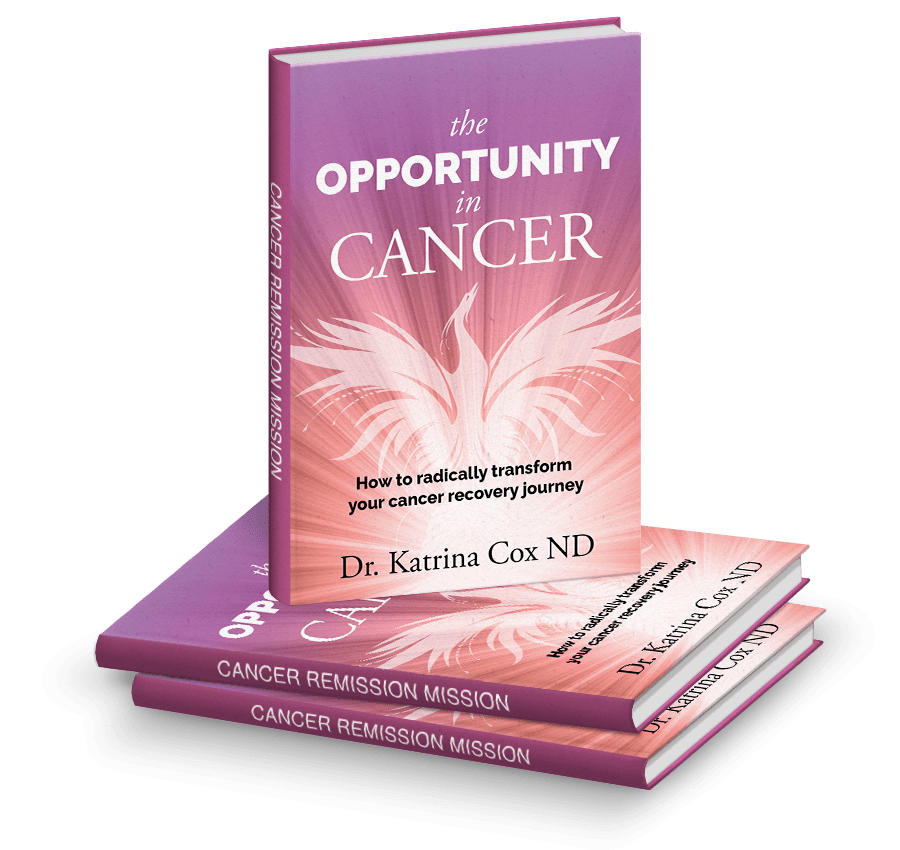When I ask my children what love is, their first response is generally about romantic love between life partners. Their second example is love in families. Self-love doesn’t really spring to mind, because teir ideal fantasy of romantic love is reinforced by the many movies they watch and stories they read. The Disney movie The Princess and the Frog had an interesting spin on the tale of the princess who kissed frogs to find a prince.
In the movie, the prince was pretty much a spoiled brat who loved only money and himself. The princess wasn’t even a princess; she was a young, hardworking, servant girl. Both the princess and the prince spent the entire movie searching for something bigger than themselves. When the princess kissed the frog, they both turned into frogs. As they searched for a way to transform themselves back into humans, they learned lessons about true love. The biggest lesson was that both characters needed to find love in themselves (self-love) to find love in another.
The Seven Forms of Love
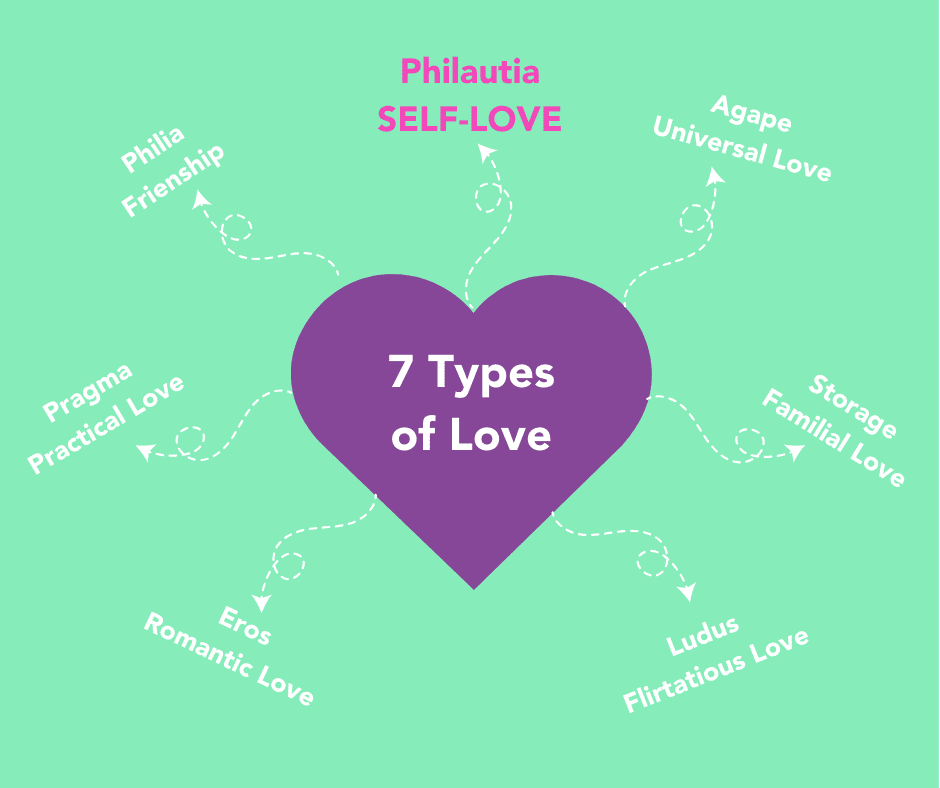 What I discuss with my children, my family, and my cancer recovery patients is that romantic love is only one of the seven forms of love. Plato and Aristotle, ancient Greek philosophers, first formed and expressed opinions about the different types of love.
What I discuss with my children, my family, and my cancer recovery patients is that romantic love is only one of the seven forms of love. Plato and Aristotle, ancient Greek philosophers, first formed and expressed opinions about the different types of love.
1) Love for one another (Philia): Friendship
2) Love for oneself (Philautia): Self-Love
3) Love for the planet/nature (Agape): Universal Love
4) Familial Love (Storage): Love in Families
5) Playful Love (Ludus): Flirtatious Love
6) Sexual Love (Eros): Romantic Love
7) Practical Love (Pragma): Love out of duty, or shared long-term interests
I believe self-love is the most important type of love. Not self-love in a narcissistic way where we put ourselves above all others, but rather a self-love that’s the foundation of how we see the world around us.
Love isn’t some magical force. It can be hard to define, but what makes love is our values, compassion, understanding, and willingness to forgive. Love isn’t always about the touchy, feely depictions in movies, fairy tales or on Valentine’s cards. Love is messy and dirty, and it’s about self-preservation.
Love doesn’t always provide us with self-esteem or happiness; it’s not about ego. It’s about seeing yourself in the mirror and loving yourself, warts, and all.
How To Cultivate Self-Love
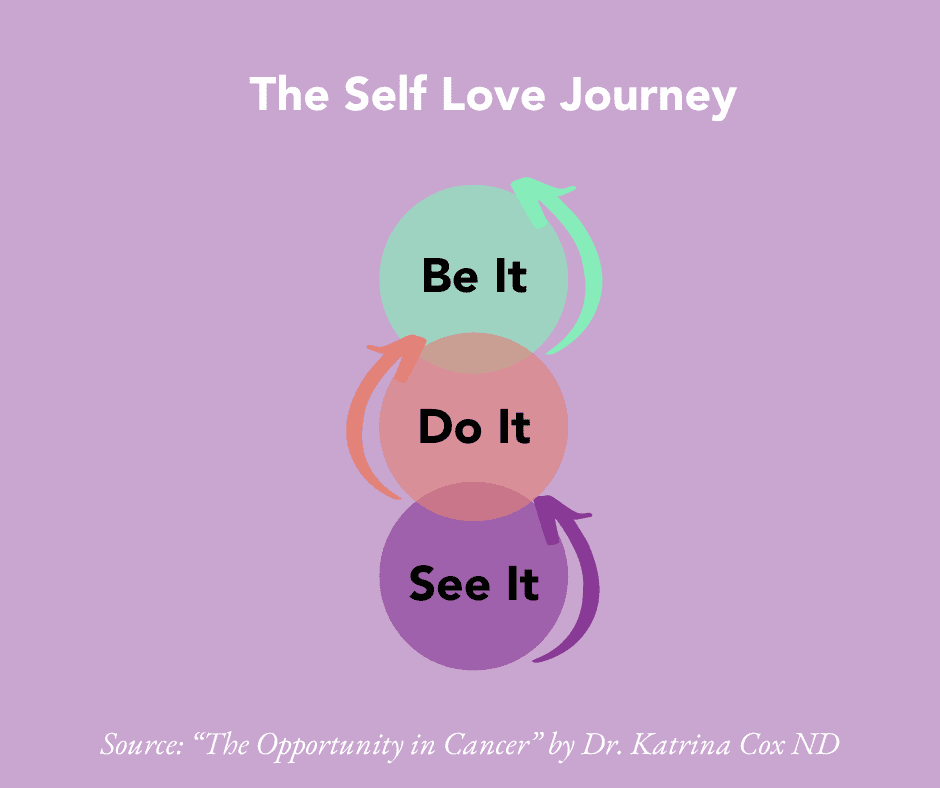
How do we find true love within ourselves? This is a huge question with even bigger implications, especially as we move through the cancer journey and cancer survivorship. I, like many people, have struggled with this for a large portion of my life. Being vulnerable with patients is a hard thing. Sacrificing myself for others was ingrained in me from a young age. Self-hate was easier than self-love. I realized that sacrificing myself for others was a coping mechanism to fill my love cup from the love of others rather than from the love of myself. I started working with a counselor to help with my negative self-hate thoughts. Eventually, this awareness and the understanding that it was simply easier to live in love than hate gave me a strange amount of peace. I concluded that self-love is always a work in progress. So, I went about bringing these teachings into my professional life and as a visual person, I developed a model (see the Self-Love Journey to the right).
So, what does a cancer survivor do to nurture themself and find self-love? Is it about taking bubble baths or hugging yourself? No, not exactly. Those actions aren’t the foundations we want when we’re discovering self-love. Although, both examples are good action plans if you enjoy those things. It’s more about finding our joy and discovering how we talk to and choose to treat ourselves. It’s also one of the most important steps during cancer recovery!
Finding Joy
Finding joy is a foundation in nurturing love and staying present in the moment. Joy is very subjective and can be as unique as our fingerprints. The intensity of joy or happiness doesn’t have to be overwhelming; it could come as a deep belly laugh, a squeal or just a simple chuckle. Any amount of joy triggers our neurotransmitters to feel love. Finding and participating in the things that bring us joy, such as spending time with our little ones or pets, sharing a laugh with a friend, or spending time in nature, is the first step to discovering our joy. Once you’ve discovered your joy, consider the three quests of The Self-Love Journey – See, Do and Be love.
The Self-Love Journey – See, Do, Be Love
 #1 What do you love about you?
#1 What do you love about you?
The first step involves developing self-love by SEEING what it is we love about ourselves and the world around us; seeing how we talk to ourselves, or how we describe ourselves to others. Listing the things you love about yourself, your life, and others in your life is a great place to find the basics of engaging in self-love talk. This step is difficult and can take a lot of time, many of us are programmed to judge, and criticize ourselves daily. So, be gentle with yourself and take your time to really sit with this question.
#2 Who loves you? And who do you love?
The second step to engaging in developing self-love is DOING it; actively engaging in self-love talk, and self-love actions. Knowing the things you love about yourself sometimes is not enough to reprogram the negative or hateful commentary within our own minds. Sometimes, simply reminding ourselves of the things we love about ourselves can be helpful to change the negative self-talk. If this isn’t enough when you catch yourself with negative self-talk, engaging in the steps of showing yourself love (as below in #3) is a way of using CBT (cognitive behavioural therapy) strategies to transform these negative thoughts.
# 3 How do you show love?
The third step in our self-love journey is BEING it. How do we show love daily? According to acclaimed author Dr Gary Chapman PhD, there are five love languages. These five love languages are the ways we express love in relationships with ourselves and others:
1) Words of affirmation: Create mantras for yourself, and then write them out and put them in places where you see them daily.
2) Physical touch: Touch others you love, hug your dog, pet your cat, hug a friend, or even hug yourself.
3) Receiving gifts: Small little tokens and gifts can show yourself love.
4) Quality time: Make time with yourself a priority.
5) Acts of service: Show yourself love by creating boundaries and communicating those with others, or by asking for help.
Discovering your love language, and the love language of others in your life, will be a helpful tool in understanding how we communicate that love. This awareness helps us BE the love we have every day. To investigate more about which love language is integral for you, check out www.5lovelanguages.com/quizzes.
Love is a precious commodity in this new, online, digital world. The trolls, critics, and pressure to perform, or the degrading images, and the pressure to possess the newest thing, is intense. But, despite this reality I ask you “Who loves you the most?” It shouldn’t be your doctor, your husband, your kids, your followers, your parents; it should be YOU!
So, here’s to you, cancer survivors – see love, do love, be love as your very own Valentine this month.
Note: Portions of this blog post are extracted from Chapter 14 of my book, The Opportunity In Cancer. If this resonates with you and you want to learn more about the book and the worksheets that accompany this chapter, check it out here.
